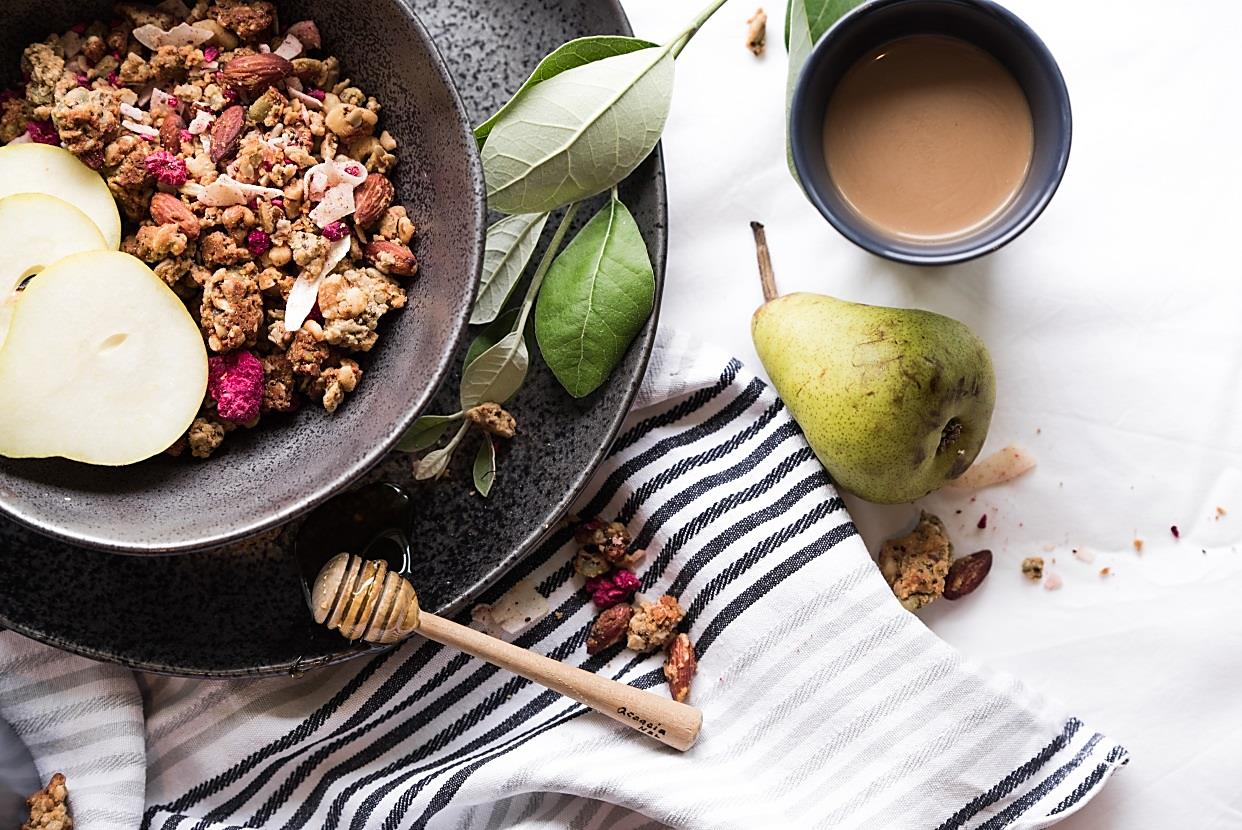Even though pears (or pear trees at least) are immortalised in that classic Christmas-time song involving a partridge and a stream of nerve-wracking repetition, the actual pear is an oft overlooked fruit this time of year. – and they certainly shouldn’t be. Here’s why:
Pears rank high on the water-rich fruit list, with a water content of some 84%. But that’s not the only reason we should look to pears to increase our perhaps lax winter drinking water habits – they are also highly nutritious.
Pears help lower cholesterol – they contain heart-healthy soluble fibre, a nutrient that can reduce the absorption of LDL or ‘bad’ cholesterol into the bloodstream. This means they’re good for heart health too.
They boost the immune system – when you’re feeling a bit under the weather, or it feels like you’re coming down with a cold – eat a pear. They are high in vitamin C and other nutrients that boost the immune system.
Digestive aid – the same fibre found in pears that helps lower cholesterol also aids digestion. In nice terms, pears essentially keep our plumbing working properly. You can thank the pectin, a component of dietary fibre, in them for that one.
They’re hypoallergenic – Pears are a nutritious option for those with food sensitivities – without any adverse effects.
Super hydrating – we all recognise pears for their incredible juiciness. That sumptuous feeling when you bite into a juicy pear is because they boast a high water content.
Whereas you might be tempted to follow the rather less healthy pear eating route – glazed pears, pear tarts etc. you’ll get most of the goodness from raw pears, eaten unpeeled – most of the benefits are locked into the skin.
If circumstances are having you neglect your water cooler water refill this winter (although we recommend you don’t), at least you’ll have back-up – in the form of the healthy, delicious, water-rich pear.

